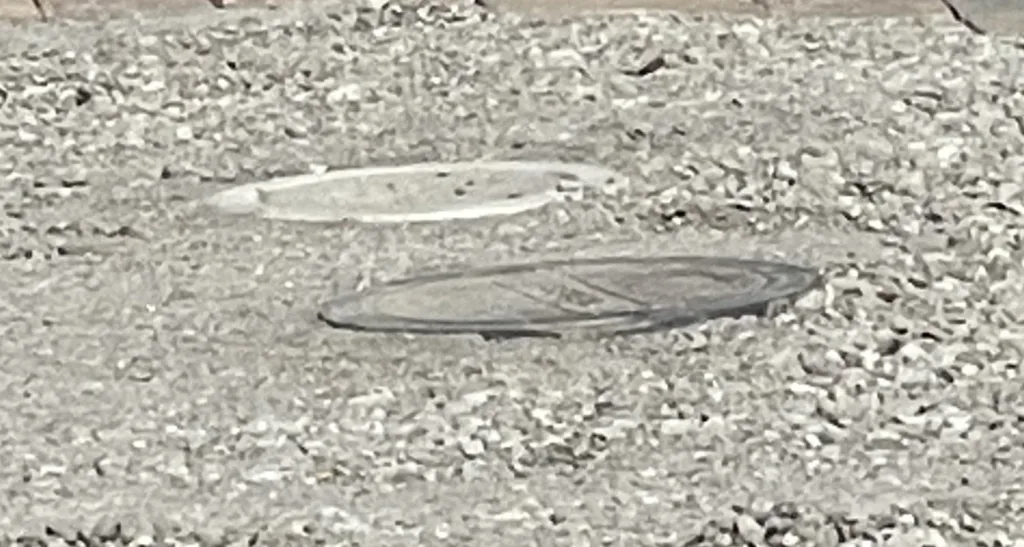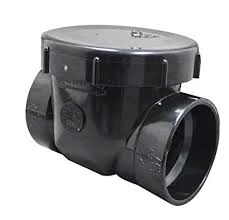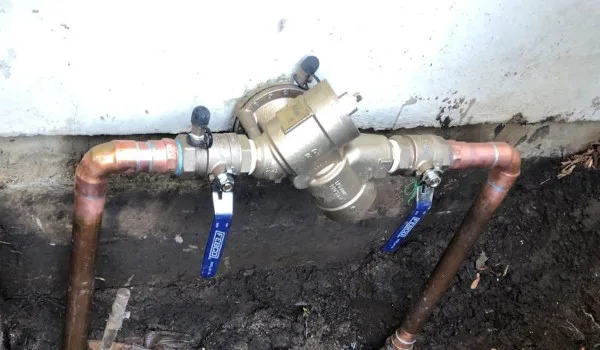A backwater valve is a plumbing device, installed on A home’s sewer line, that prevents sewage from flowing back, towards and into the home.
A properly installed backwater valve will only allow water or sewage to flow in one direction, away from your home. It prevents a backflow of sewage into your home if there is a blockage and build-up in the main sewer line. Backwater valves are required by sanitation districts in some cases (or all depending on the district) so if you do not already have one, you may be required to add one if/when you pull a permit that includes sewer work. They are usually not very expensive and can prevent a lot of damage if a main sewer line backup does occur near your home.



A backwater valve is installed near the house side cleanout and will be insalled underground, in line with the sewer pipe. Similarly to a cleanout, we will install a riser that is protected by a covered enclosure box on the surface–almost always a round Christy box. This allows access to the valve from the surface.
A backwater valve may sometimes be referred to as a “backflow” and while backwater and backflow valves perform a similar function, they differ in their design and application. Backwaters use a flap that gets pushed closed when sewage starts to flow in the wrong direction. Backflows are more sophisticated and used to protect potable water lines from contamination.
